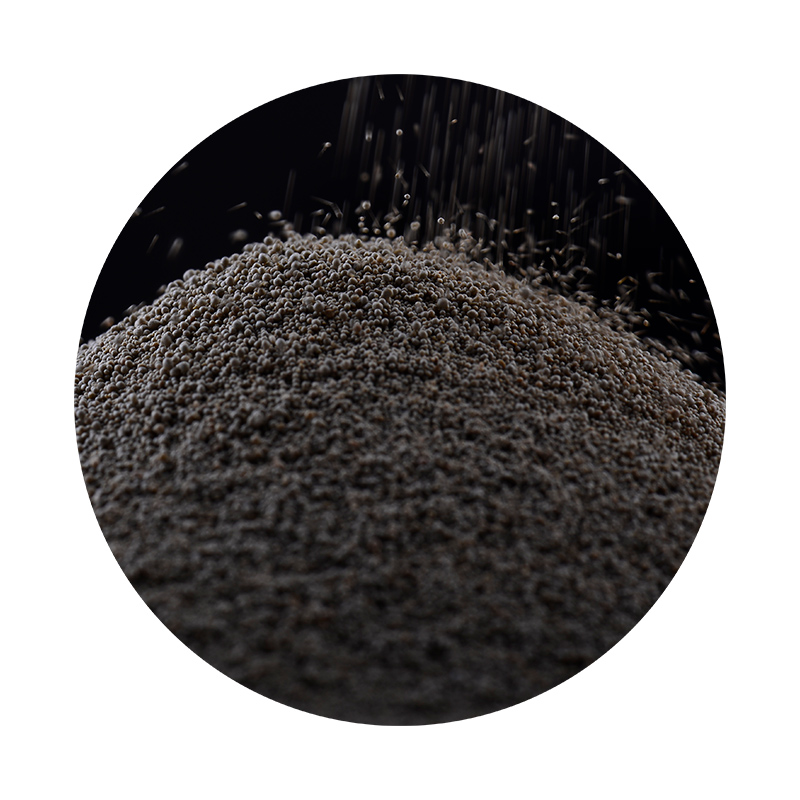The Benefits of Sand Casting An Overview
Sand casting, an age-old manufacturing process, is renowned for its unique advantages in producing complex metal components. This method involves creating a mold from sand and a binding agent, into which molten metal is poured. While modern manufacturing methods have proliferated, sand casting remains a staple in various industries due to its numerous benefits.
1. Cost-Effectiveness
One of the most significant advantages of sand casting is its cost-effectiveness. The materials used in sand casting—primarily sand and a bonding agent—are inexpensive and readily available. This low material cost translates to lower production costs, making sand casting an attractive option for large-scale manufacturing. Furthermore, the process does not require expensive machinery or equipment, allowing smaller foundries to compete alongside larger manufacturing operations.
2. Design Flexibility
Sand casting offers remarkable design flexibility, allowing for the production of complex shapes and intricate geometries. Unlike more rigid casting processes, sand molds can be easily modified or adapted to accommodate design changes. This flexibility is particularly beneficial in industries such as automotive and aerospace, where components frequently require customization or iterative design adjustments. Additionally, sand casting can produce large parts, which would be challenging or impossible with other methods.
3. Low Production Lead Times
With the ability to quickly produce molds from sand, foundries can drastically reduce production lead times. Once the design is finalized, creating the sand molds can be accomplished in a matter of hours, enabling rapid prototyping and timely deliveries. This speed is critical in markets where time-to-market can determine competitive advantage.
4. Excellent Material Versatility
Sand casting can accommodate a variety of metals, including aluminum, brass, iron, and steel. This versatility allows manufacturers to choose the best material for their application, balancing factors such as strength, weight, and corrosion resistance. Additionally, the process can handle different alloys, providing further options for engineers and designers.
sand casting benefits

5. Environmental Considerations
In today's environmentally conscious world, sand casting offers several benefits related to sustainability. The major material used—sand—is abundant and can be reused multiple times in the casting process. Any waste generated can often be recycled or repurposed, minimizing the environmental footprint of production. Moreover, advancements in green sand casting technologies have led to the development of more environmentally friendly bonding agents, further enhancing the ecological viability of this method.
6. Strong Surface Finish
While sand casting traditionally has a rougher surface finish compared to other methods like investment casting, it is still possible to achieve a good-quality surface through proper mold preparation and post-processing techniques. For certain applications, the surface finish is adequate without requiring extensive additional work, making sand casting suitable for various end-use scenarios.
7. Scalability
Sand casting is highly scalable. Whether producing a small batch of parts or large quantities, this method can easily accommodate varying production volumes. Foundries can adjust their operations based on demand, enabling them to respond flexibly to market needs without significant changes in investment.
8. Proven Track Record
Having been used for centuries, sand casting has a proven track record across multiple industries. Its reliability and adaptability mean that it has earned the trust of engineers and designers alike. Many historical artifacts, automotive parts, and complex machinery components have been successfully manufactured using this technique, underscoring its effectiveness.
Conclusion
In conclusion, sand casting remains a valuable manufacturing technique thanks to its many benefits, including cost-effectiveness, design flexibility, and environmental considerations. As industries evolve and necessitate advanced solutions, sand casting continues to prove its worth, adapting to modern challenges while serving foundational functions in many sectors. For engineers, manufacturers, and designers looking to produce high-quality, complex metal parts, sand casting stands out as a viable and reliable option in today’s production landscape.
Post time:ታኅሣ . 16, 2024 19:57
Next:metal sand casting
